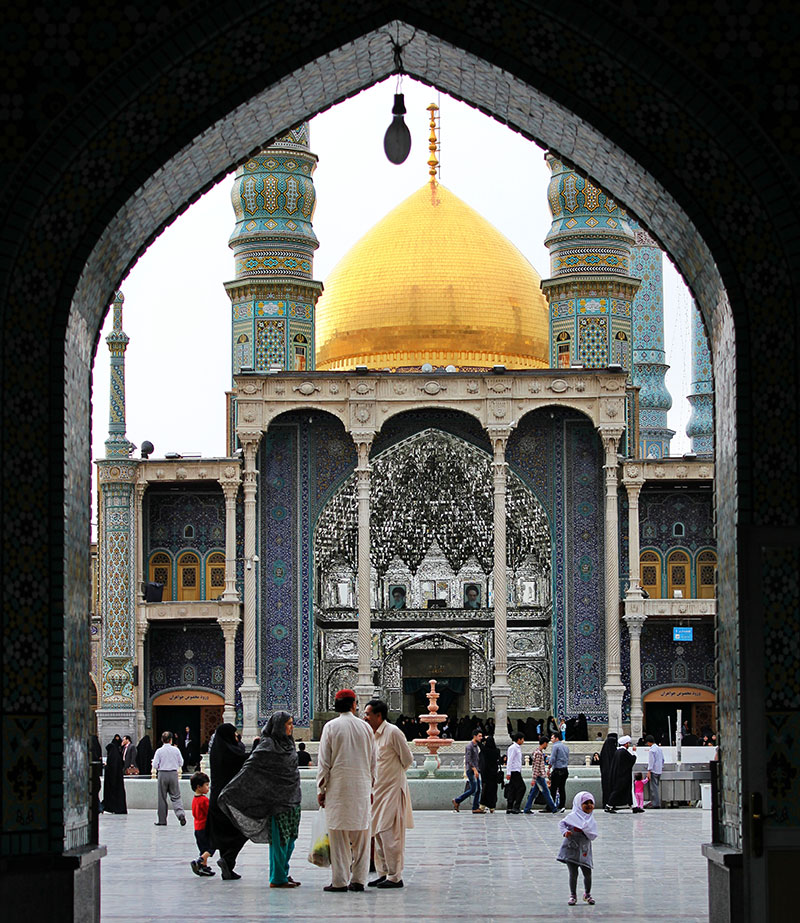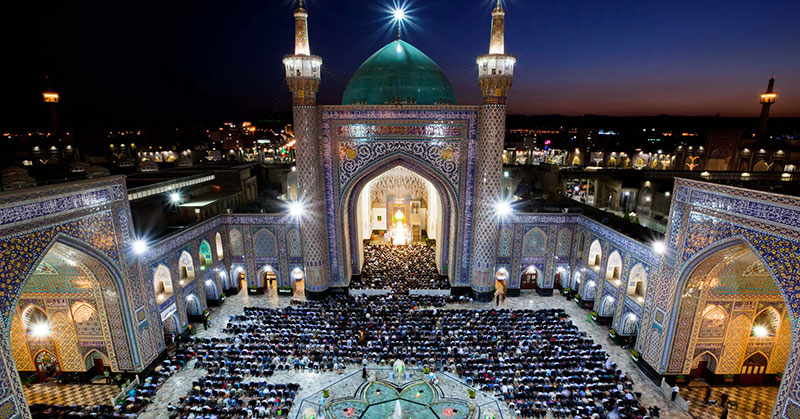Since ancient times, Iran has been shaped by places of worship, tombs and exceptional natural sites, forming a truly sacred geography. When Islam arrived in the mid-7th century, Zoroastrian fire temples were often converted into mosques, as in the medieval West, where Celtic sacred sites often became churches. Banned by the Prophet, banned by the first Muslims, mausoleums nevertheless flourished, from the 9th-11th century, to venerate war leaders, Sufi saints, Shiite Imams and their descendants (the Imamzadeh). The proliferation of funerary sites has led to the development of a dense network of pilgrimages, making mausoleums, in cities or in remote places, religious, social, political and economic nodes.
Today, Iran is veined with more or less local and national pilgrimages. The most important is that of Mashhad, where the 8th Imam of the Shiites, Reza (died in 818), is buried, the only one of the twelve Imams of Twelver Shiism to be buried in Iran (the other Imams are buried either in Iraq or in Arabia). Saudi Arabia). Imam Reza’s sister is buried in Qom, a city of theological studies, which constitutes one of the intellectual centers of Iranian Shiism. The mausoleum of Shah Cheragh in Shiraz has gradually become a pilgrimage of national importance, but every region of Iran has its revered tombs.

Mausoleum of Qom (founded in the 9th century), dedicated to the sister of Imam Reza, 8th Shiite Imam buried in Mashhad. Photograph: ©Patrick Ringgenberg.
